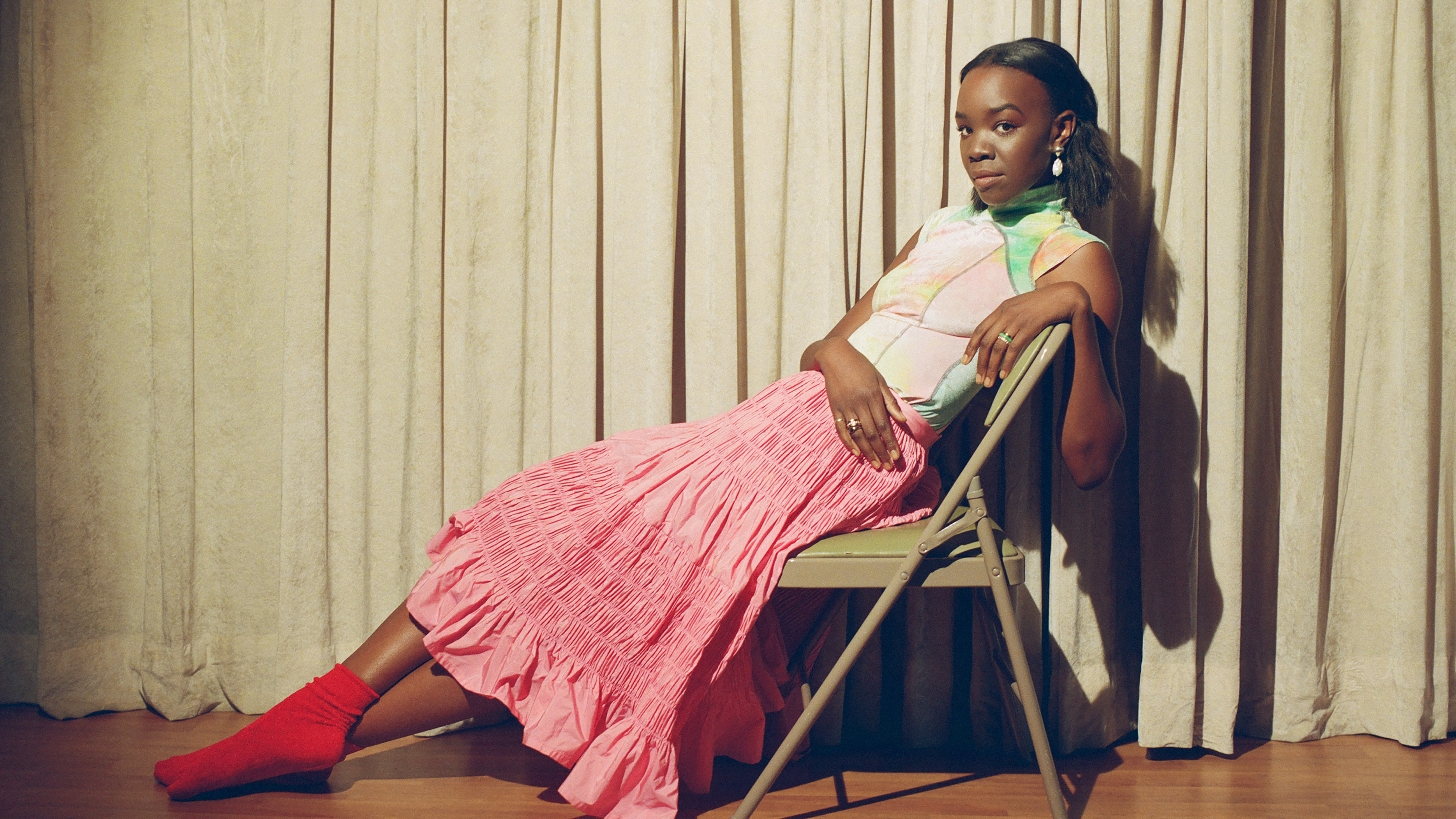Honouring The Legacy of Lost Fashion Legends

If you’re feeling like every other day, we awaken to the news that we’ve lost yet another legend, know you’re not alone. COVID-19 has stifled creative industries in unimaginable ways, and this devastation has been compounded by the deaths of beloved fashion industry icons.
We are living through a period defined by grief that’s getting more exhausting by the day. When we lose household names like Thierry Mugler and Virgil Abloh, it’s difficult not to imagine the world a little dimmer without such transcendent stars.
However painful, grief is the only way to heal from loss. In grieving together, we find comfort and remind each other that all the joy a person brings to the world is more permanent and far-reaching than the chasm caused by their death.
In recent times, each fashion legend lost left a unique stamp on their craft. While their genius can never be emulated exactly, they carved paths that allow others not only to follow in their footsteps but to surpass them.
To celebrate this, we’re taking a look at the legacies of fashion legends who are no longer with us:
Thierry Mugler
02.12.48 – 23.01.22


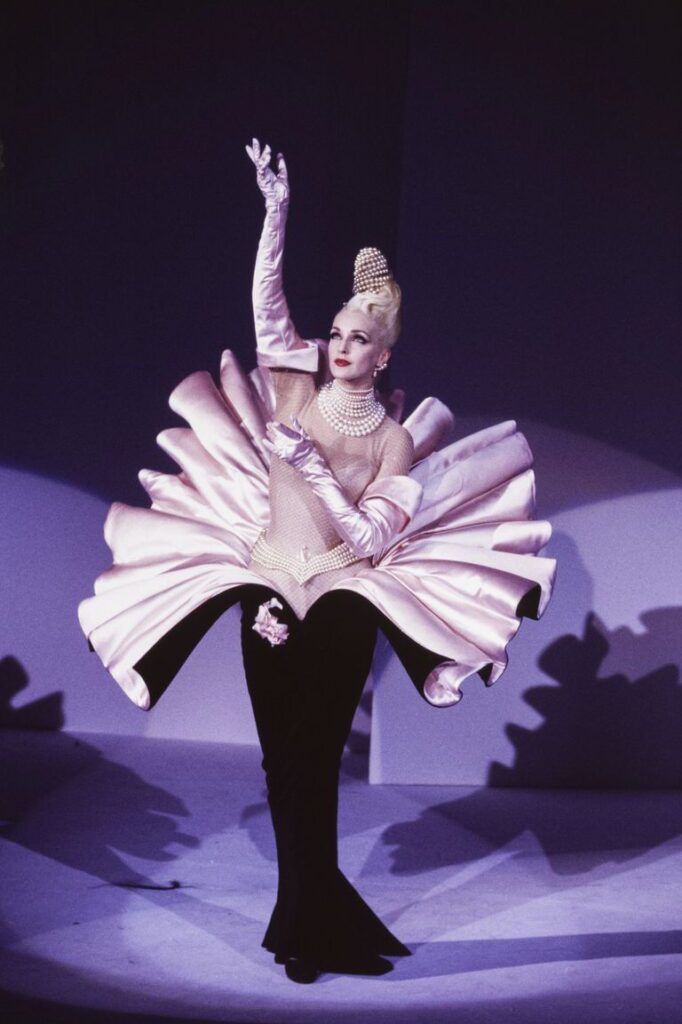
Sex in the Sartorial
Couture king of corsets, Manfred Thierry Mugler was born in Strasbourg, France. Like his hometown, which borders Germany, his designs marry the intricate technicality of German engineering with the romantic sex appeal of French tradition.
Obsessed with all forms of creative expression, Mugler was a qualified operative ballet dancer by 14. His love for dance informed dramatic garments that facilitate and restrict movement as though the clothes themselves are choreographed. In the 1960s, he moved to Paris, working for various fashion houses in the city. Over those years, he developed a style evoking 1940s Hollywood glamour, with asymmetrical silhouettes broadening shoulders while cinching the waist – launching the trend of shoulder padding that dominated the 70s.
Mugler lived unafraid of taboo, pioneering the use of latex and other textiles in couture and ready-to-wear. In his 1981 show, he had models of all genders walk the runway in metallic, nippled breastplates and cummerbund belts resembling abs- this marked a turning point for gender fluidity in European design. In 1989, he pushed this line further by dressing ex-porn star Traci Lords in a fitted plastic bustier that accentuated every curve. Traci showcased the piece on the runway of the 1992 US Aids Benefit, flaunting Mugler’s name in a shiny black material carved into the collar of the bustier.
By then, his notoriety was nearing its peak, with the release of his Angel fragrance which became more popular than Chanel No.5 and is still one of the best-selling perfumes in the world. His 1995 show was dubbed ‘the woodstock of fashion’ because of his commitment to the dramatic defiance of tired trends. The show commemorated his 20th anniversary in the business, culminating in an extravagant display of his designs in Paris’ revered Cirque d’Hiver, which boasted 300 Mugler ensembles, interspersed with performances from the likes of soul songbird, James Brown.
He retired from fashion in 2003, by which point cosmetics conglomerate Clarins had a majority stake in the label. He also retired the name, preferring Manfred later in life, but he never stopped creating and managed the successful launch of his second fragrance, Alien, in 2005.
As one of the earliest champions of diversity in mainstream fashion, Mugler and his acceptance of all things intersectional pioneered many of the trends that will continue to dominate runways and high streets for years to come. Creator of “The most famous dress of the 1990s”, worn by Demi Moore in the critically acclaimed, Indecent Proposal.
He has dressed and inspired most of Hollywood’s biggest names because he believed in bringing out the sex appeal in every kind of body. His influence can be seen in everything from Rihanna’s Savage x Fenty line to the sheer textiles and risequée cut-out silhouettes championed by emerging labels like Kai Collective.
André Leon Talley
16.10.48- 18.01.22
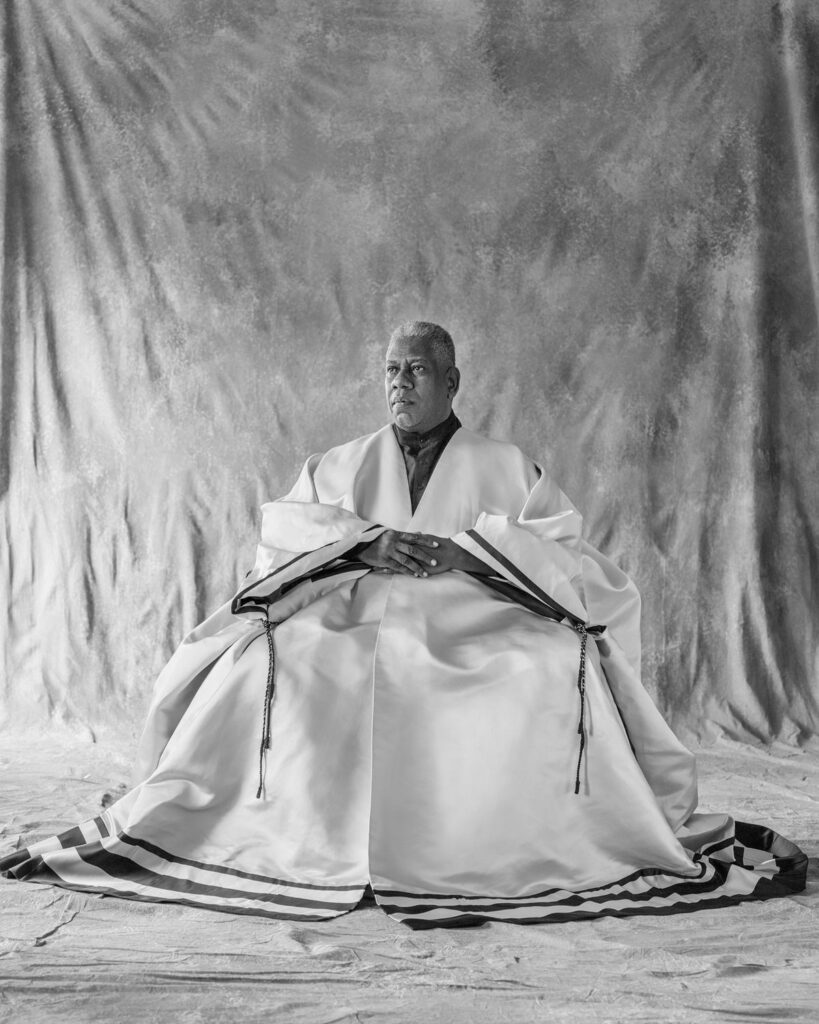
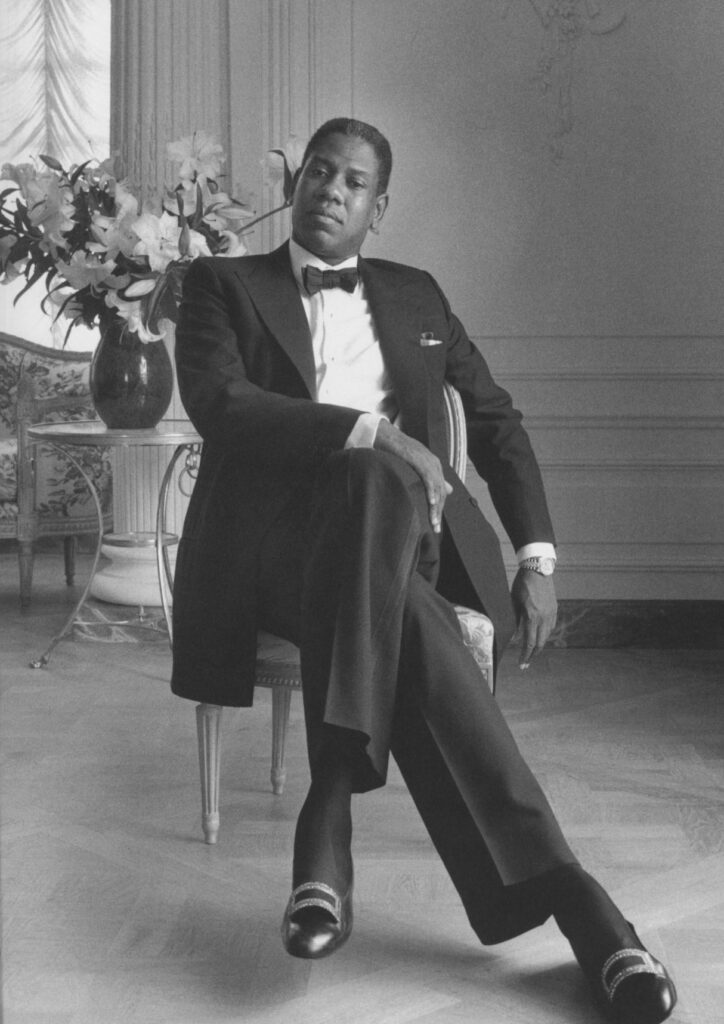
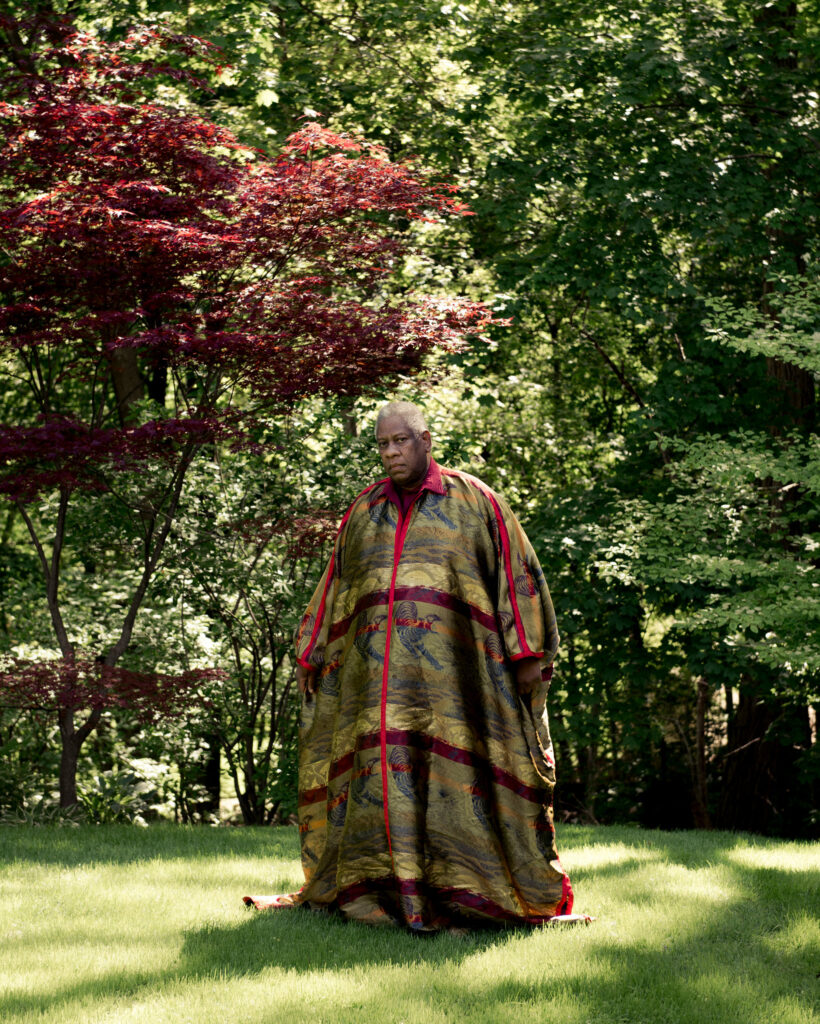
Colouring outside the lines
Aptly dubbed Vogue’s ‘Pharaoh of Fabulousity’, the only thing louder than André Leon Talley’s regal fashion sense was his earnest diplomacy. As a queer Black man, he earned the respect (and adoration) of his contemporaries in two of the most difficult and homogenous industries in the world, all while proudly advocating for change.
André began his career as an unpaid intern and ended it as a renowned editor at the biggest fashion publication in the world- a destiny he manifested through study and dedication to his craft. Even though he believed in breaking them, he’d been paying attention to the rules since he was a kid with Vogue cuttings for wall-art.
He was one of the best fashion journalists the game has ever seen because of his sharp eye and even sharper wit. He had friends in all the right places because people trusted him, and he used that trust to wedge doors open for Black people all over the industry.
People like Naomi Campbell and Edward Enningful would have had much smaller support systems without him, and publications like GUAP may not even exist. Speaking on the day of his death, Vogue Editor-in-Chief Anna Wintour had this to say: “The loss of André is felt by so many of us… the designers he enthusiastically cheered on every season, and who loved him for it; the generations he inspired to work in the industry, seeing a figure who broke boundaries while never forgetting where he started from; those who knew fashion, and Vogue, simply because of him; and, not forgetting, the multitude of colleagues over the years who were consistently buoyed by every new discovery of André’s, which he would discuss loudly, and volubly—no one could make people more excited about the most seemingly insignificant fashion details than him. Even his stream of colorful faxes and emails were a highly anticipated event, something we all looked forward to.”
Virgil Abloh
20.09.80- 28.11.20

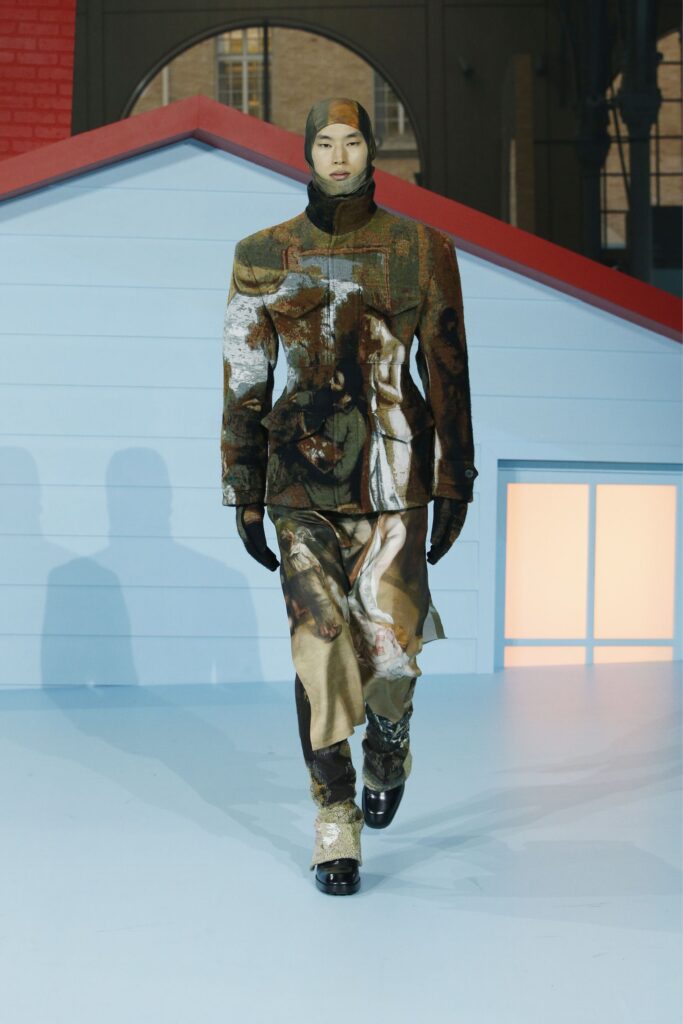
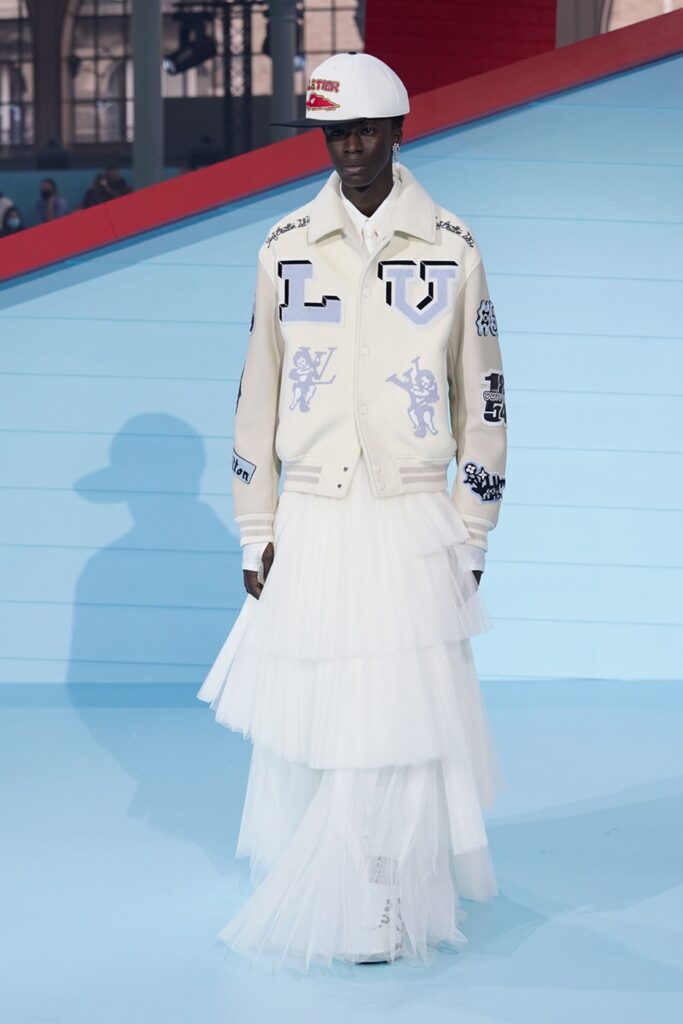
The Creative Catalyst
The son of Ghanaian immigrants, Virgil Abloh was born in Rockford, Illinois, in September 1980. His mother was a seamstress, and his father sold paint, giving rise to a multi-disciplinary artist who honoured attention to detail and shock-value in equal measure. He studied civil engineering and later architecture at the Illinois Institute of Engineering, where he graduated in 2006. During his time at uni, he met Dutch architect Rem Koolhaas (who had worked on runway collections for Prada), supposedly sparking his interest in fashion.
In 2009, Virgil interned in Rome at Fendi alongside Kanye West. They became really close friends, working collaboratively across many creative projects with streetwear designer Don C. As a trio, they launched RSVP Gallery in Chicago, which became known for the eclectic array of garments they sold and the abstract minimalist interior that Virgil had designed. The following year, Kanye employed Virgil as the creative director of his Donda agency. Later, in 2011, he asked him to work as the artistic director for the Watch the Throne album.
An entrepreneur at heart, it wasn’t until 2012 that he came into his own with the launch of Pyrex, which eventually became Off-White. He’d spent $40 on a bulk purchase of Ralph Lauren deadstock and screen printed designs, which later sold for upwards of $500. Off-White’s logo was inspired by British interior designer Ben Kelly, proving that Virgil’s love of dressing people never surpassed his love of dressing buildings. Conceptually defined as ‘the grey area between black and white’, Virgil’s label was the catalyst for the streetwear renaissance we’re currently still seeing in fashion.
By March 2018, he’d become the first Black creative director of Louis Vuitton, where he went on to dress the likes of Steve Lacy, A$AP Nast and Playboi Carti for his inaugural runway show. His position at Louis Vuitton only amplified Off-White’s reach, and by the end of 2018, the label had overtaken many historic fashion houses, making it the hottest brand name in the industry.
To say Virgil Abloh’s legacy is one of innovation and nostalgia would be an understatement. He was one of few creative minds who could perfectly package both our lust for the past and obsession with modernity in a single (usually quite simple) product. He wasn’t the first designer to bring streetwear to the luxury space, but he was more successful than all that came before him because he was an alchemist. Somehow, he found a formula that emulsifies cultures and ideas so well that the process may never be reversed. What other luxury label do we know that sold rugs at Ikea?
Love it or hate it, Off-White keeps the fashion industry on its toes, and Virgil’s influence can be seen across the board, from Palm Angels and Corteiz to Gucci and Balenciaga. Virgil showed a whole generation that the things that seem at odds with each other can make the sweetest combinations, and we’re only just beginning to see the impact.
Discover more from GUAP’s Fashion section here




![ZINO VINCI’S ‘FILTHY & DISGUSTING’EP BRINGS YOU TO THE CORE OF THE ARTIST [@ZinoVinci]](https://guap.co/wp-content/uploads/2023/10/Zino-4.jpg)


